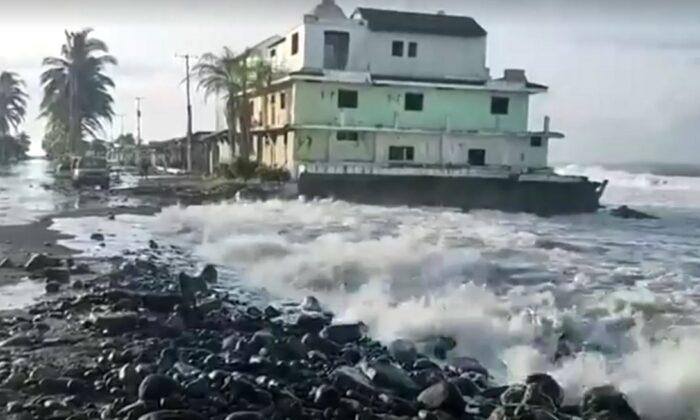A heat wave is expected for much of the eastern half of the US in the coming days—and it has the potential to be deadly.
More than 130 million Americans are under a heat watch, warning or advisory, with the heat index expected to reach 115 degrees in some areas. The widespread heatwave will hit its peak Friday and Saturday with dozens of records possible.
New York, Boston, Washington DC, Cleveland, Detroit, Chicago, Minneapolis, St. Louis, Oklahoma City and Little Rock are among the cities that will experience the unusually hot weather.
Track The Extreme Heat
To help people prepare, the International Federation of Red Cross and Red Crescent Societies put out a guidebook Tuesday on how to stay safe when the temperatures reach those sweltering levels.What to Do?
The good news: Heat waves are fairly predictable, the organization said. Because periods of hot weather can be tracked, staying up-to-date on the forecasts is the first step in fighting heat-related dangers.When the hot weather does arrive, the guidebook has a simple message: “Stay in the shade, and hydrated.”
Places that typically expect warm weather are notorious for under-appreciating the risk that heat poses. For some at a higher risk—including those living alone, in senior care facilities or neonatal units—the guidebook suggests reaching out directly to make sure they are in safe conditions.
It also recommends that health workers be trained to recognize the signs of heat-related illness while bringing in neighborhood associations and schools to monitor their communities.
Who Is in Danger?
Not everyone faces the same level of risk from the heat.Cities tend to experience hotter temperatures, according to the guidebook, because they have more surfaces that retain heat and release it slowly. Big buildings, asphalt, and vehicles in cities also generate and trap heat.
Infants, older people, women, tourists or migrants and people working or living outside are among the most vulnerable in heatwaves.
Women globally are at an increased risk because they tend to have less access to media and sleep in poorly ventilated rooms, the organization said.
Pregnant women, meanwhile, are at risk of early labor and lactating women are likely to become dehydrated more quickly.




